Introduction
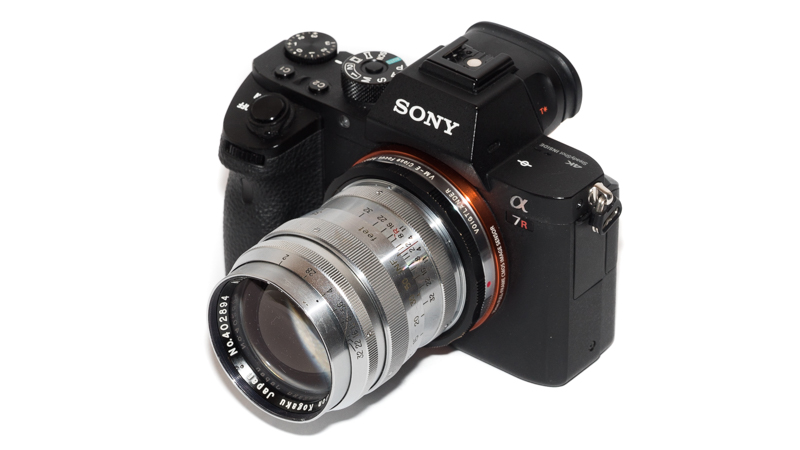
Many people today might not even know Nikon (and also Canon) produced rangefinder cameras and lenses in their early days. Thanks to a reader I got the chance to review not one but three of these rather exotic Nikkor rangefinder lenses from the 50’s. The first one is the Nikkor-P 85mm 2.0 portrait tele.
Sample Images
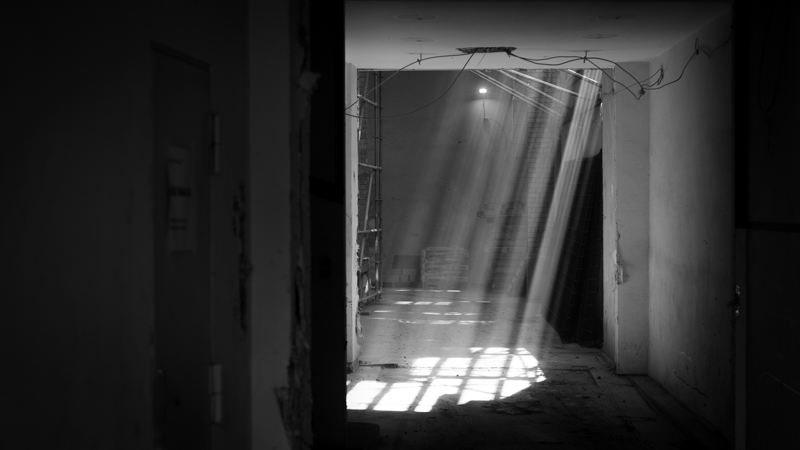
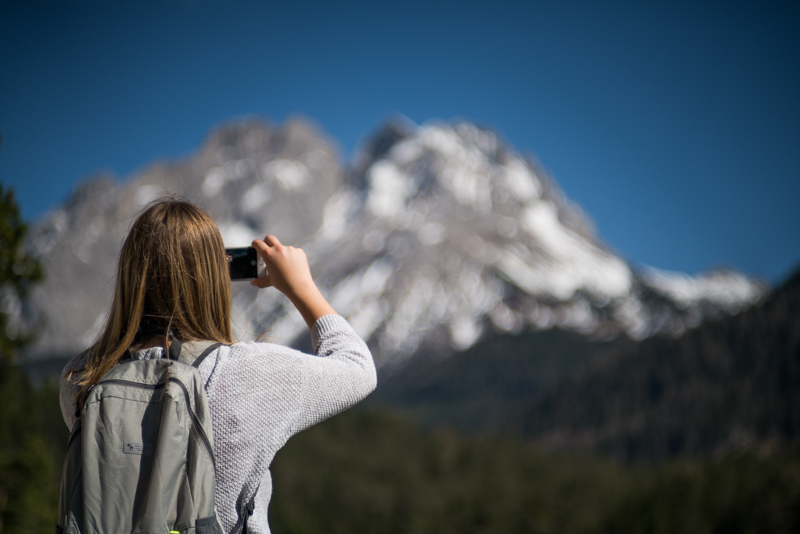
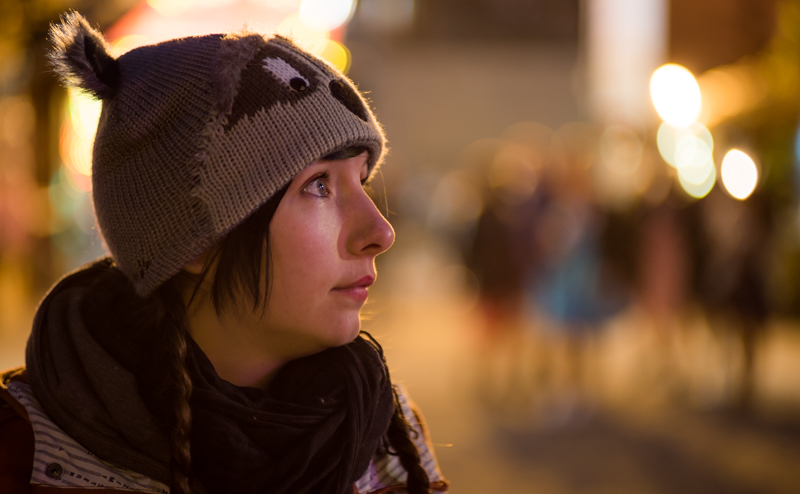
You can find most of the shots in this review in full resolution here.
Specifications / Version History
If you are interested in the history of this lens and it’s many versions you might want to have a look at this page which contains quite comprehensive information. The lens I got the chance to review has the following specifications:
-
- Diameter: 57 mm
- Field of view: 29° (diagonally)
- Length: 68 mm + adapter
- Weight: 425g + adapter
- Filter Diameter: 48×0.5 (not M48!)
- Number of Aperture Blades: 10 (rounded)
- Elements/Groups: 5/3
- Close Focusing Distance: 1.0 m (~0.7 m with VM-E helicoid adapter)
- Maximum Magnification: 1:10 (~1:6.7 with VM-E helicoid adapter)
- Mount: M39 / LTM
You can try getting one of these used from ebay.com/ebay.de starting at 300$/600€ (affiliate links).
Handling / Build Quality

On first sight the Nikkor looks very similar to the Jupiter-9 85mm 2.0 from the same era, but there are in fact many differences: while the Jupiter is made from lightweight aluminium the Nikkor is made from heavier chrome/brass. To my surprise the Nikkor even features (full stop) click stops on the aperture ring (the Jupiter doesn’t). But unfortunately the Nikkor’s whole front barrel rotates (including filter thread and aperture ring) when you focus it, so when adjusting the aperture you will probably change focus even if you don’t want to and using a polarizer isn’t very straightforward either (the Jupiter features a more complex design where filter thread and aperture ring do not rotate).
None-withstanding this design issue the Nikkor still feels like a better made lens with tighter tolerances.
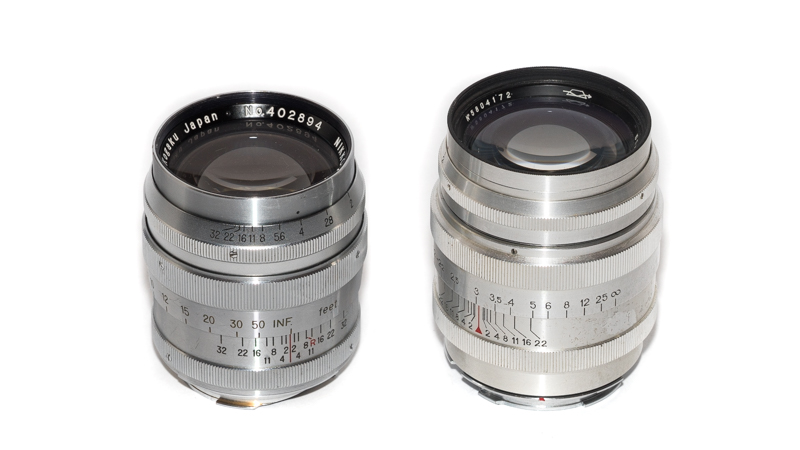
Vignetting / Colorcast
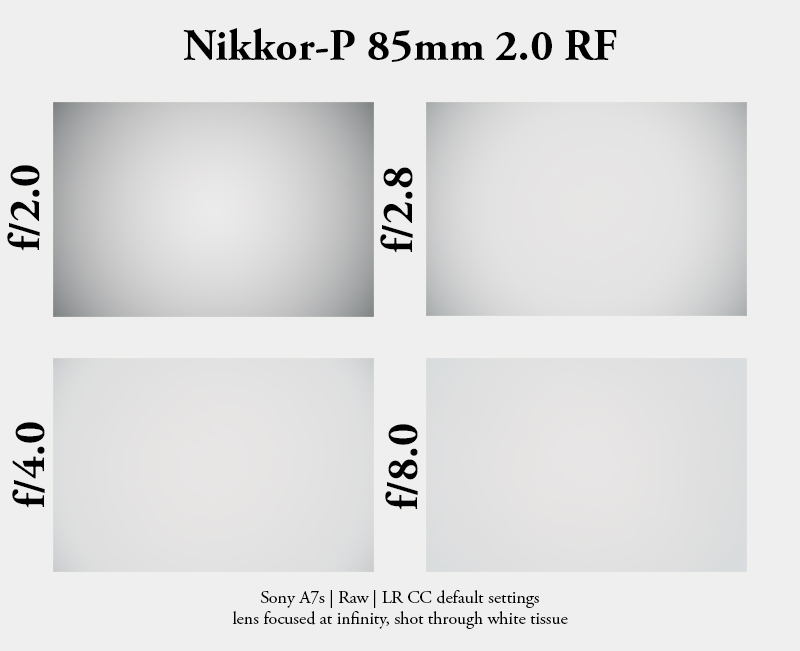
Wide open there is signiffican vignetting of about 2.3 EV, stopped down to f/2.8 this improves to still noticeable 1.5 EV, at f/4.0 vignetting is only 0.7 EV and at f/8.0 unnoticeable 0.3 EV. This is in line with similar lenses.
There are no color cast issues towards the edges on the A7s and A7rII.
Sharpness
infinity
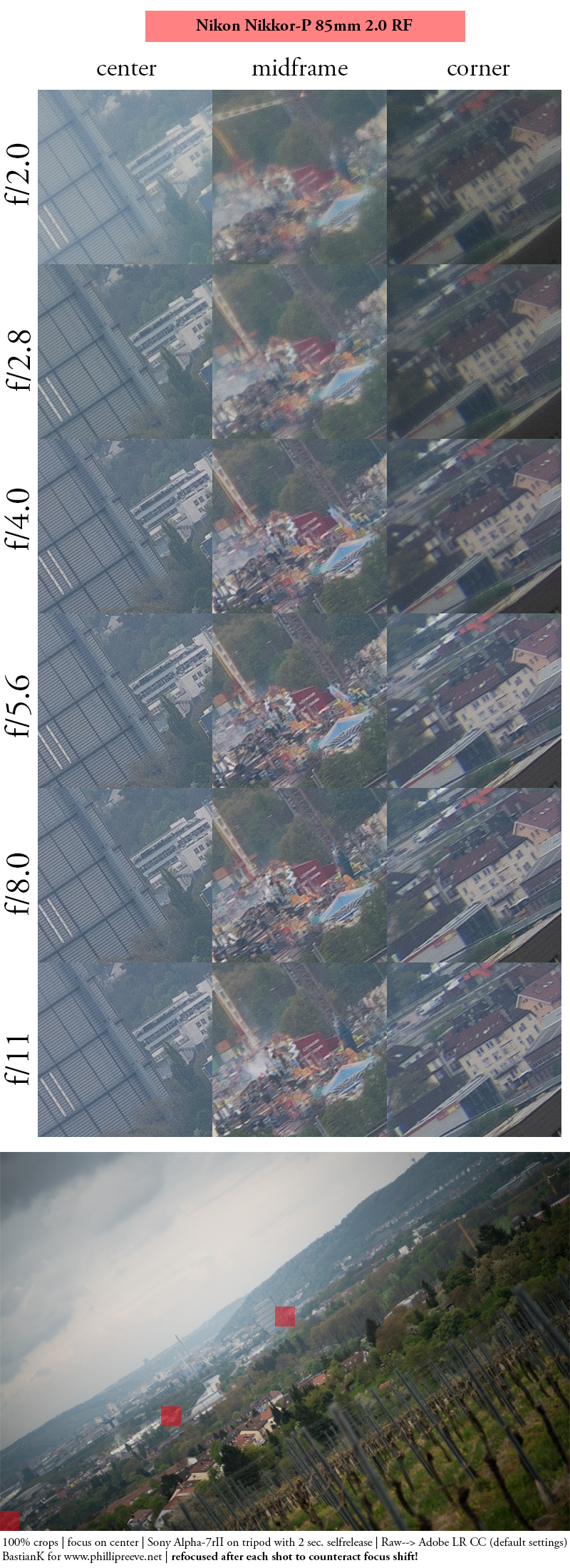
Wide open when focused near infinity the whole image is soft and hazy with low contrast but the resolution is actually quite high, no smeared corners or something like that and with some post processing definetly usable. Stopped down to f/2.8 everything is improved and the center starts to look quite good.
At f/8.0 the lens looks best regarding across the frame sharpness, but this is not a lens that outperforms the 42mp sensor.
close focus (100 cm)

close focus (70 cm with VM-E helicoid adapter)
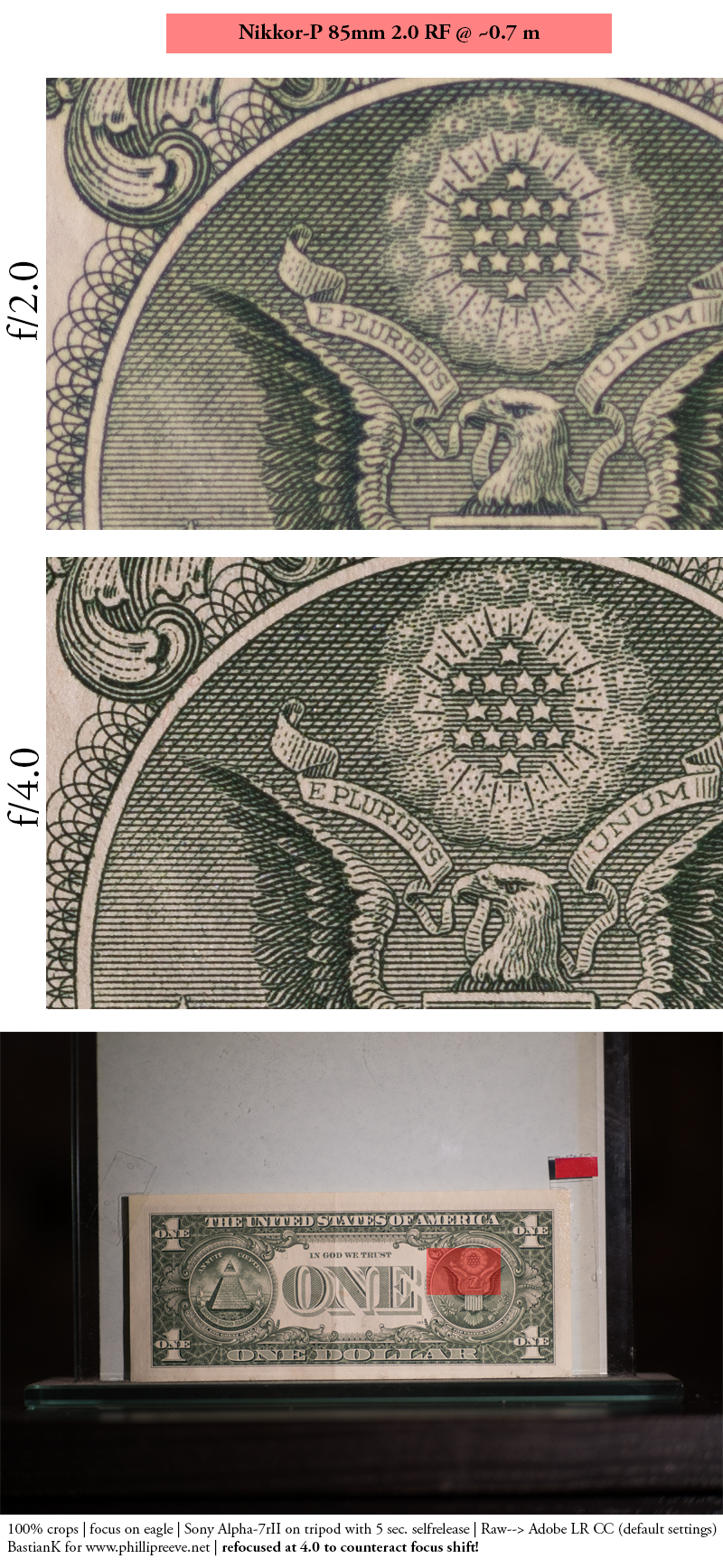
At the native minimum focus distance of 100 cm the lens really struggles wide open, as do many legacy lenses without a floating elements design. It needs stopping down to f/4.0 for very good performance on the 42mp sensor.
If you reduce the minimum focus distance with a helicoid adapter (like I did here with the Voigtlander VM-E close focus adapter (affiliate link)) the situation is pretty much the same: soft at f/2.0 and f/2.8 but sharpness improves considerably on stopping down to f/4.0. Keep in mind the lens was never intended to be used at these focus distances by the designers.
I also had to refocus the lens stopped down because of significant focus shift, see the corresponding section farther down this review.
Flare resistance
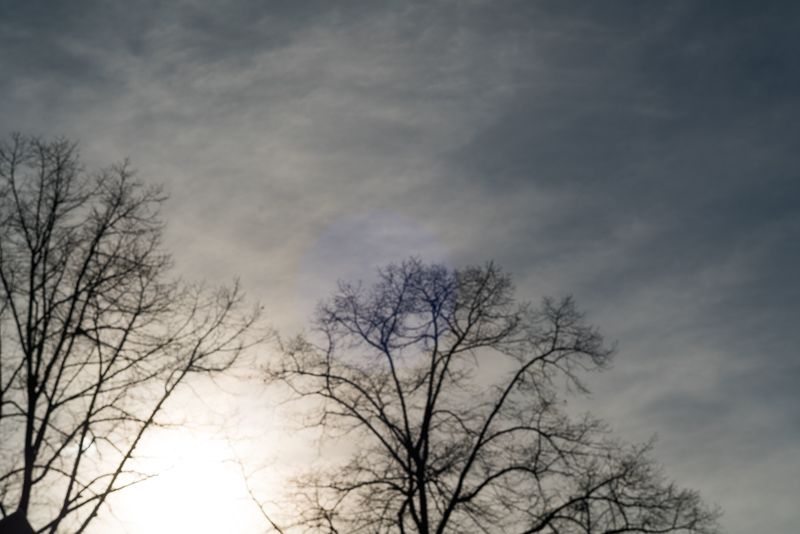
Performance against bright light is often a weak spot of very old lenses and the Nikkor-P 85mm 2.0 is no exception to that rule. With the sun in the frame the loss of contrast is noticeable and you can catch obtrusive ghosts quite easily.
To my surprise the lens handled scenarios with backlighting better than expected, albeit there is still some loss of contrast with the sun just outside the frame.
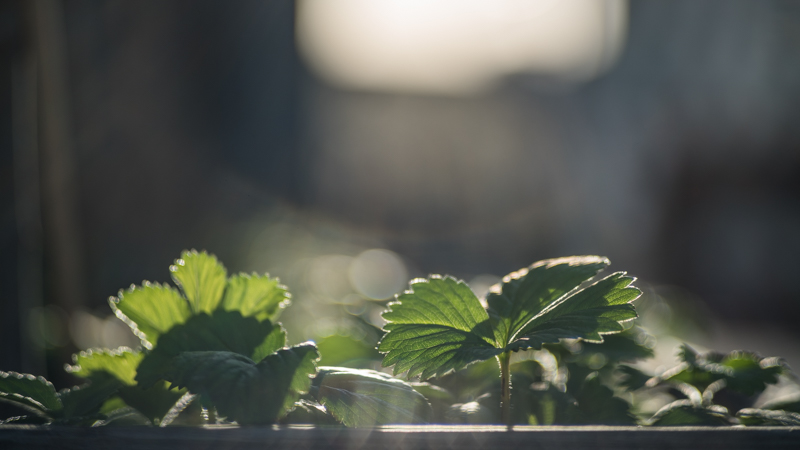
Distortion
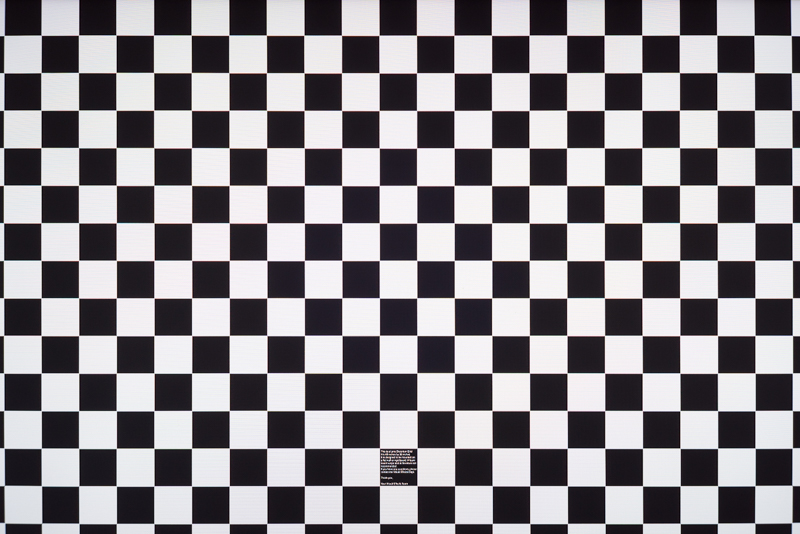
Distortion is pretty much non existent.
Bokeh

Like many 85mm 2.0 lenses from that era this seems to be also based on Zeiss’ Sonnar design which usually translates to smooth bokeh, also in the often difficult transition zone.
Nevertheless in my shooting I found it to be quite a bit of a mixed bag. If you take a look at the second sample image on top of this review the highlights on the mountain are a bit too busy for my taste and same is true for the transition zone when focusing near the minimum focus distance (see the following sample).

For my taste the bokeh of this lens works best at medium distances, as in this example:
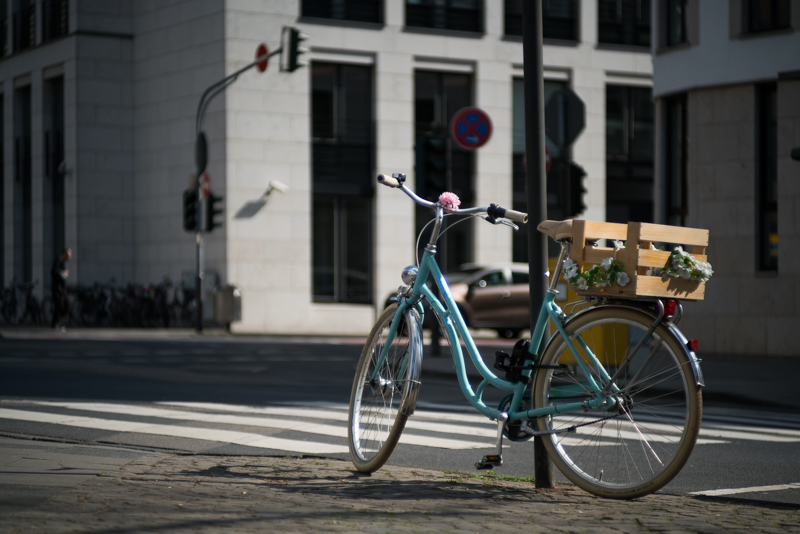
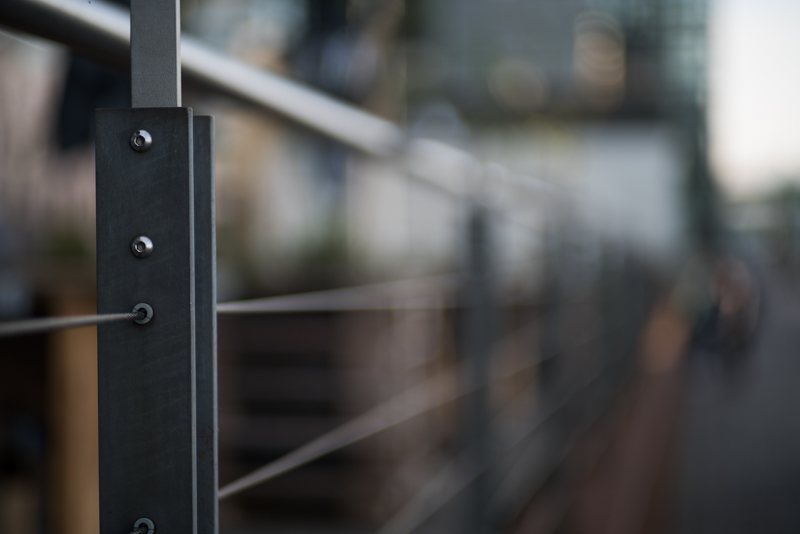
Bokeh compared to Jupiter-9 85mm 2.0
Sony A7rII | Before: Nikkor-P 85mm 2.0 RF @ 2.0 | After: Jupiter-9 85mm 2.0 @ 2.0
Apart from the differences in color rendition (Nikon warmer than Jupiter) and contrast (Nikon more contrast) what’s really interesting are the borders, as the Jupiter looks much more out of focus here. The Jupiter-9 is a pretty stellar performer when it comes to mechanical vignetting and it’s deterioration of light circles (cat’s eye effect), which leads to more blur here compared to the Nikon lens.
You can also see the differences in this comparison:
Sony A7rII | Before: Nikkor-P 85mm 2.0 RF @ 2.0 | After: Jupiter-9 85mm 2.0 @ 2.0
Sunstars
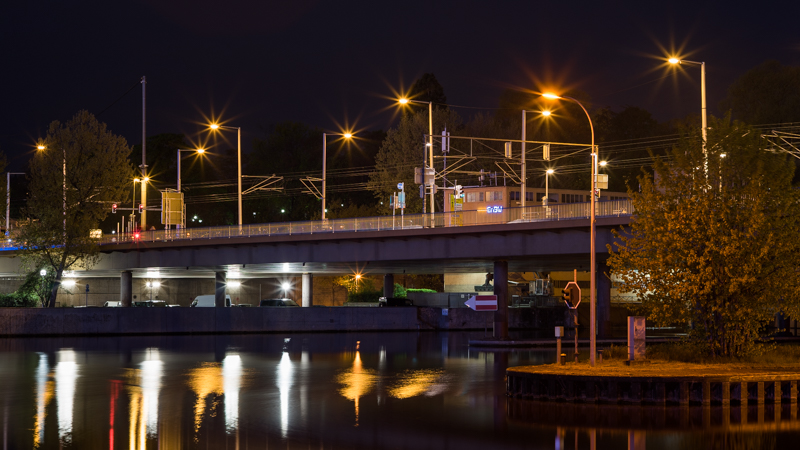
This lens features 10 rounded aperture blades which will yield 10-pointed sunstars around point light sources. They are actually quite well defined and I like them, but as this is a highly subjective topic you might want to have a look at this article and decide for yourself what you prefer.
Chromatic aberrations
longitudinal
Sony A7rII | Nikkor-P 85mm 2.0 RF | 40% crop | before: f/2.0, after: f/4.0
You can see slight green outlining behind the plane of focus and purple outlining in front of it wide open, but the correction is actually pretty decent, there are many modern lenses which perform considerably worse. Stopping down naturally further improves the performance, as can be seen in the example above.
lateral
Sony A7rII | Nikkor-P 85mm 2.0 RF | f/8.0 | 100% crop from corner | before: no correction, after: corrected
Lateral CAs are certainly present, but can still be easily corrected e.g. in Lightroom.
Focus shift
Most (old) Sonnar designs are plagued by focus shift and unfortunately the Nikkor-P 85mm 2.0 is no exception here. Focus shift describes the effect of the plane of optimal focus shifting on stopping down. This is actually less of an issue with the A7 cameras as you will most of the time stop down first and focus after that, but more of a problem with most Leica rangefinder cameras.
Nevertheless, the focus shift between f/2.0 and f/2.8 is pretty much negligible, but when stopping down to f/4.0 you should definetly adjust the focus. With the rotating front barrel design it is pretty hard changing the aperture without having to adjust focus after that anyway.
Alternatives
When it comes to fast ~85mm legacy lenses there are much to choose from and I can’t cover them all, so I will only name a few I have actually experience with or Phillip or Jannik have reviewed.
Jupiter-9 85mm 2.0:
This lens is from the same era and looks pretty similar on first sight, but actually these lenses are more different than I thought at first. The Jupiter offers smoother bokeh especially towards the borders while the Nikon gives contrastier and more saturated images. The build quality of the Nikon lens is higher and I like the implementation of click stops, but I didn’t like the rather basic design with rotating front lens.
Leica Summicron 90mm 2.0 pre Asph:
This is also a rangefinder lens like the Nikkor-P and the Jupiter-9 and shares their small size. It is a more modern lens and also significantly more expensive. If you are curious take a look at my review.
Zeiss Loxia 85mm 2.4:
This might be the best 85mm manual focus lens if you are looking for maximum image quality in a still portable package. Nevertheless it is far from cheap and more neutral in its rendering and therefore less of a character lens as the aforementioned ones.
Phillip has already reviewed many legacy 85mm SLR lenses which are usually bigger but also cheaper than the rangefinder lenses:
Tokina AT-X Pro 90mm 2.5 Macro
Quick-Review: Minolta MC/MD 85mm 1.7
85mm comparison: Tokina, Samyang, Minolta
Now there is also a rather decently priced native FE 85mm 1.8 with AF from Sony available, check out Jannik’s review.
Conclusion
good
|
average
|
not good
|
Given the similar outer apperance and the comparable age I assumed that the Nikkor would behave very similarly to the Jupiter-9 85mm 2.0, but to my surprise this was not the case.
The Nikkor 85mm 2.0 shows unexpectedly high contrast, more so than many other legacy lenses I have used so far and seeing click stops on the aperture ring of a more than 60 years old lens was a nice touch as well. Even the sunstars are very well defined, something I can’t say about any of the Jupiter lenses (and many Leica lenses) for sure.
Unfortunately when it comes to the important bokeh category I am not entirely happy: At head-shot distances everything is alright, but being a bit farther away from your subject may result in more nervous backgrounds than I prefer.
Nevertheless, I quite enjoyed shooting with this lens and in case you can find one which is decently priced and get around the rotating front barrel it may prove to be a nice and small short tele you can throw at many shooting situations, from portraiture over landscape to cityscapes.
Still, there is much competition in the segment of fast 85mm lenses, count in the 90 and 100mm lenses and there is even more, so what makes this lens stand out?
Compared to the many legacy SLR lenses with just 6 aperture blades it yields very nice sunstars and at the same time the bokeh still looks decent stopped down, I haven’t seen many lenses that are able to accomplish this.
Furthermore there is the size advantage: I still highly prefer using small lenses with short adapters handling wise.
But if this is worth the premium you have to pay over the legacy SLR lenses is a question only you can answer for yourself.
You can try getting one of these used from ebay.com/ebay.de starting at 300$/600€ (affiliate links).
Sample Images
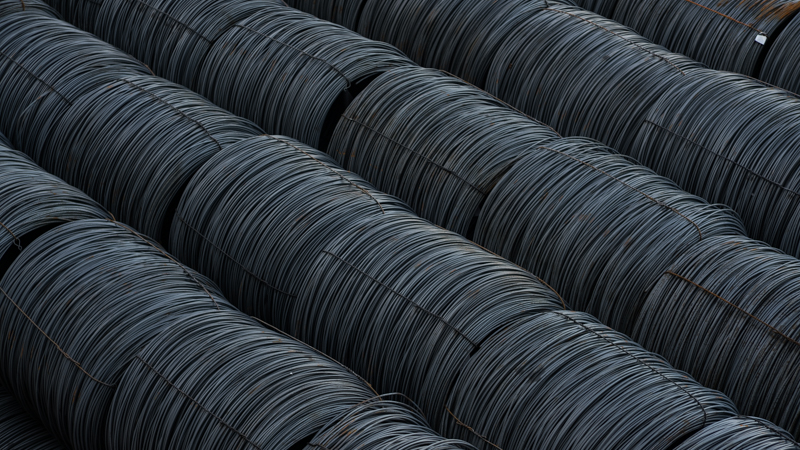
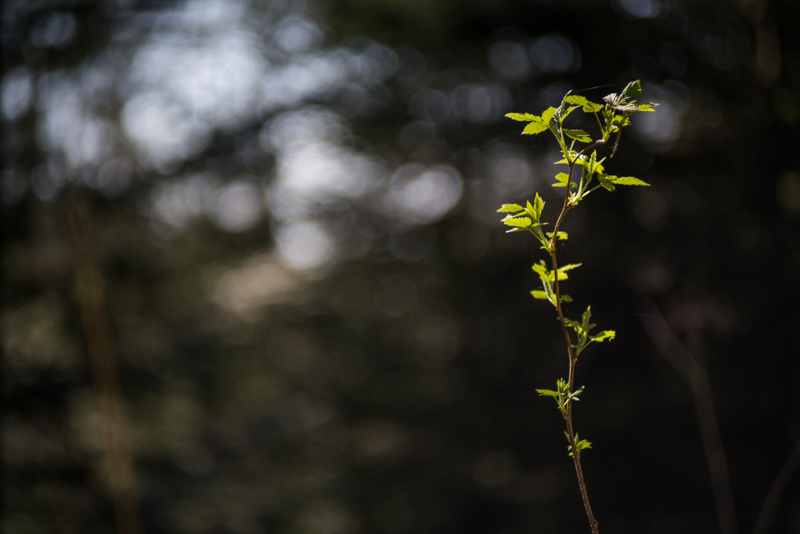
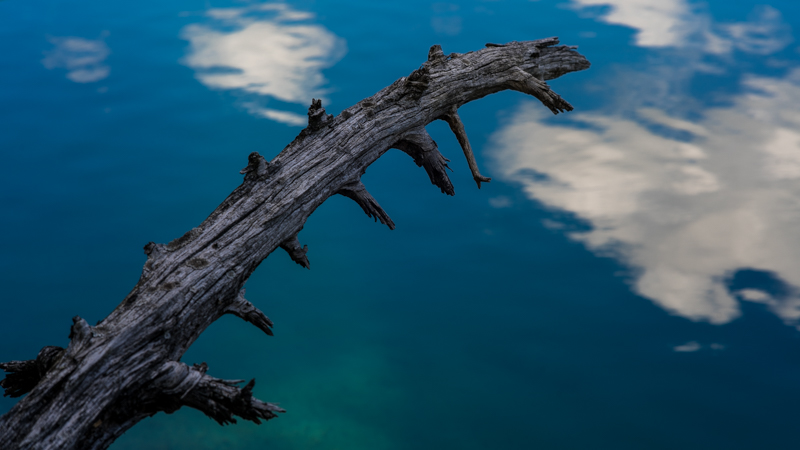
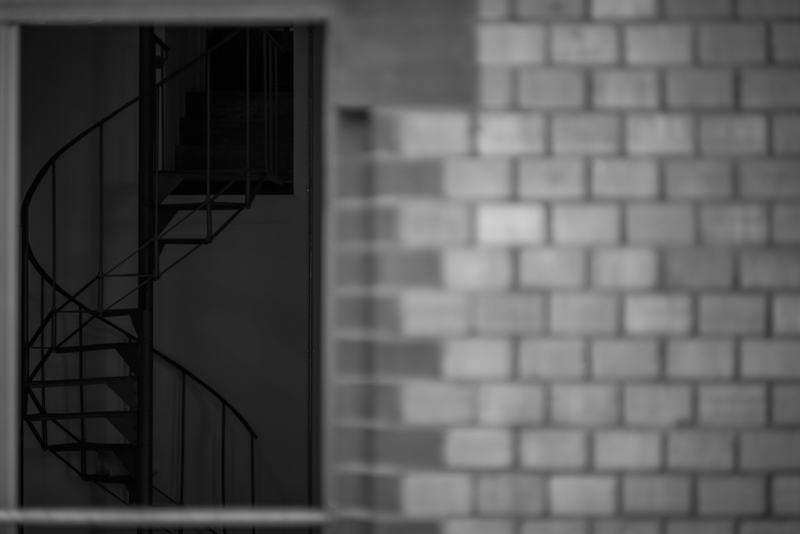
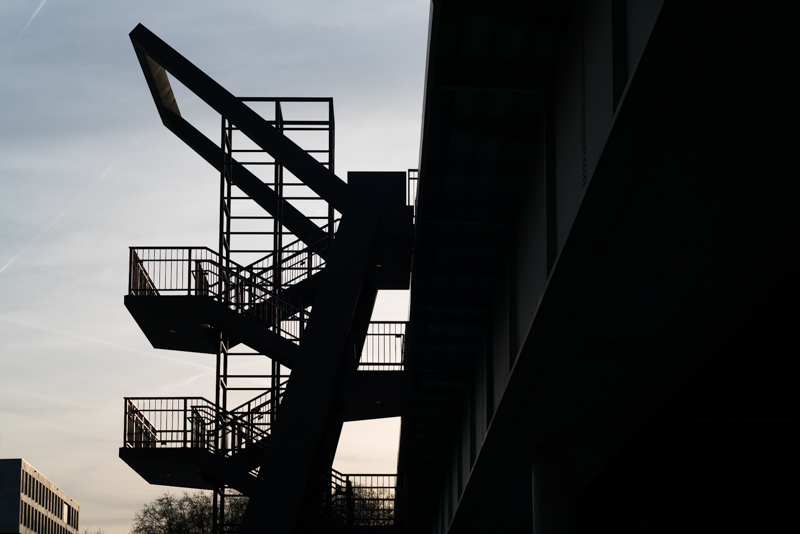
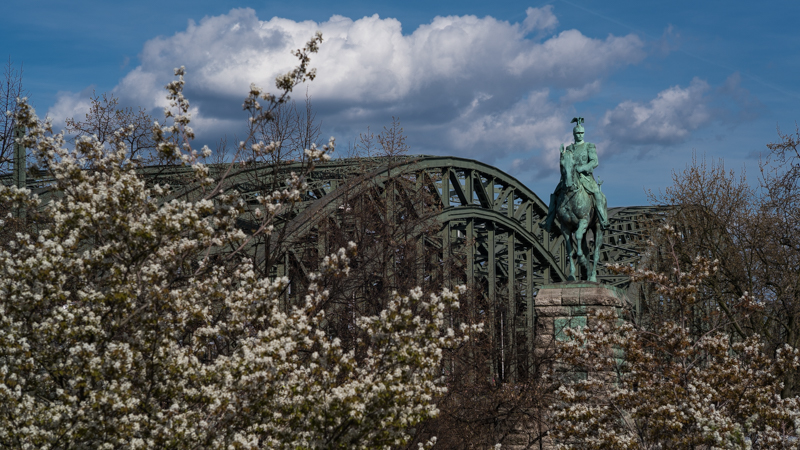
You can find most of the shots in this review in full resolution here.
Further Reading
- The best lenses below $499 for the Sony a7 series
- User guide to Ultra Wideangle lenses for the Sony Alpha 7 series
- Review: Olympus OM Zuiko Auto-T 100mm 1:2
Support Us
Did you find this article useful or just liked reading it? Treat us to a coffee!
![]()
![]()
![]() via Paypal
via Paypal
Latest posts by BastianK (see all)
- Lens & Accessory Spring Sale - April 11, 2024
- Analogue Adventures – Part 30: Kodak Portra 800 C-41 - April 11, 2024
- Review: Nikon Nikkor 55mm 1.2 Ai – The first f/1.2 F-mount lens - April 6, 2024


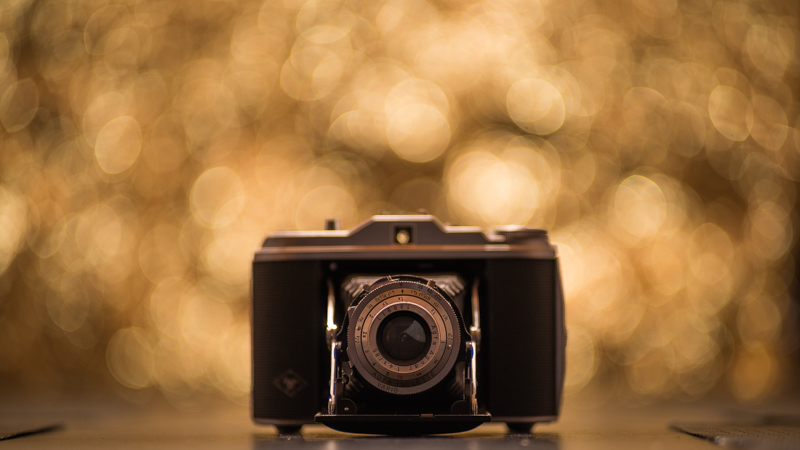


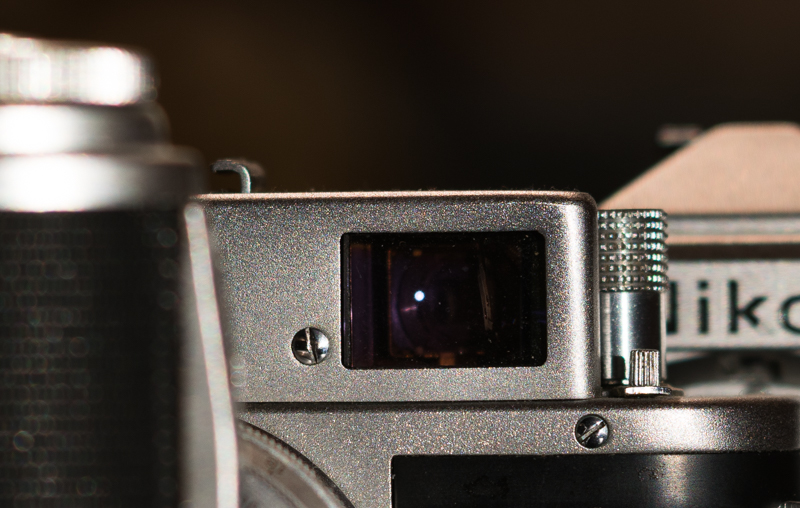

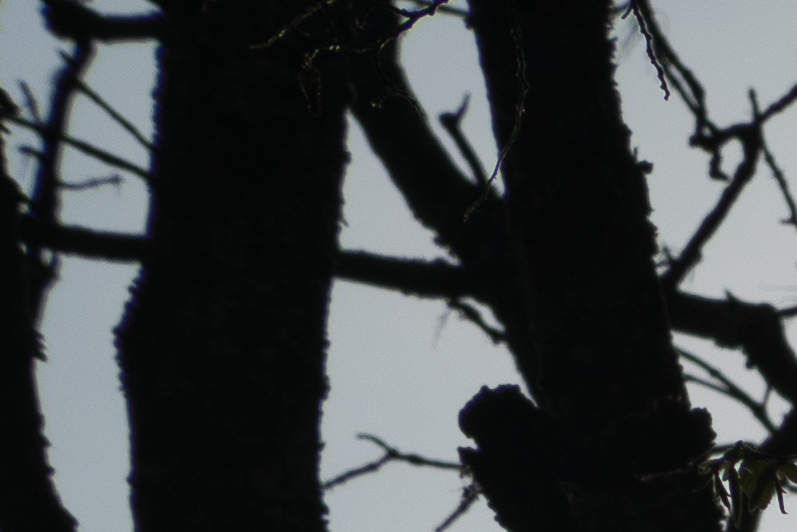
Thanks for the review! A few notes:
The focusing ring turns the other way (the “correct” way 🙂 ) on the native Nikon S/Contax mount version. So the M39 version you reviewed might really be preferable if you’re used to it. And as a second benefit, you can use the close-focusing adapter.
The filter thread is fine threaded, 48×0.5 (not 0.75). Good luck finding a matching hood or cap. In good condition, hoods and caps will cost (much) more than a Jupiter or a new Zhongyi Creator 2/85 (which also happens to have 10 aperture blades).
I have just added a note regarding the filter thread to not confuse anyone into buying M48 accessoires 😉
Interesting to know the Creator 2/85 also features 10 aperture blades, I wasn’t aware yet.
Greetings Christoph,
I just thought to add a comment regarding the filter thread pitch, as I found an info that differs from yours.
Source: https://www.mir.com.my/rb/photography/companies/nikon/nikkoresources/RF-Nikkor/RF85mm/index1.htm
Scroll down to the text below (next to “Depth of Field DOF Chart”)…
——————————————————————————
Rotational Focusing direction: RIGHT–>> LEFT (Nikon, Contax); LEFT –>> RIGHT (LSM)
Depth of Filed Scales: f/16, f/11, f/8, f/4, at the left (229k Jpeg)
Magnification ratio: 1.7X; Filter Attachment Size: 48mm (P=0.75) Snap-On, Screw-in type / Series VII
Dimension:
Weight: approx. 15oz
——————————————————————————
I’m not saying that website is void of typos, but just to be sure … I would appreciate if you could either confirm or update your findings, pertaining the 0.5mm pitch.
Any chance at seeing a nikon 85 1.8D review?
Not from me, no.
The “cheap” AF(-D) lenses (e.g.: 28mm 2.8 / 35mm 2.0 / older 50mm 1.8 / 50mm 1.4 / 85mm 1.8) have the worst manual focus rings I have ever seen (very short throw, next to no resistance), I try to avoid them by all means.
On top of that they mostly offer 7 straight aperture blades, which is bad for sunstars and bad for bokeh 🙁
I know what you mean. I got the 85 mostly because I use a nikon df, as well as an A7, and wanted an 85mm lens I could use on both. The focus ring has almost no resistance, and the focusing direction of the ring is opposite every manual focus lens I’ve used.
Quite like the look of bokeh, even when it’s busy. It’s a bit like the 1.5/50 Sonnar wide open where it’s busy in a characterful way. (it gets smooth between 1.7 and 2)
Interesting to see the comparison with the Jupiter-9, as I have a Contax and m39 version of it from 1960 and ‘61 which I am very happy with. The Contax version has the same issue with the aperture ring turning with the lens, but otherwise it is a brilliant lens, and I was surprised to see just what I could do with it taking pictures of my bunnies. When I nail focus on the eye, it can be tack sharp. I haven’t done any test shots for sharpness and aberrations at various apertures, but I tend to avoid shooting completely open due to it’s supposed ‘beauty’ look fully open. But set between f2 and f2.8, it really is sharp, at least this copy.
I saw nothing in this review that made me wish I had the Nikon instead, thankfully, as I really don’t need another 85mm; these days, viontage lenses with all their flaws go for prices you would pay for some pretty decent modern lenses, and there are lenses coming out of Korea and even China that are far better in the technical department, some not so great too, but with modern computer design, coatings, and lens materials, probably better than the legacy lenses in most ways. I’ve got a manual Samyang 85mm f1.4 which I’m very happy with that I won in an auction for $160, technically far better than any of these old lenses no doubt, but I still like to see what old lenses can do, especially in the character they bring. But they are becoming expensive, so it is limited how many and which lenses I can play with, once it becomes an investment, I’d want it to be pretty special and useful. There are lenses I’d love to try, but way out of my budget for an experiment. So lens review like this become critical in helping to decide if there is value in it. The Soviet lenses have been the most affordable, so that is what I have the most of, and also there is something about the whole behind the iron curtain thing, built like tanks, but you take your chances if they have been put together well.
Hey there, great review on this lens amd awesome website! Question for anyone who can answer, I found the same exact lens but a P.C version, only problem is I can’t find out what lens mount it is. With thorough research it’s either a Nikon-S, Contax RF or Ltm.. If u like I can email what the rear lens mount looks like? I’m trying to find an adapter to go to my Fuji X camera. I appreciate any help you can give me!
CJ – Rhode Island
Maybe share a link in the comments so everyone can have a look.
https://usedphotopro.com/nikon-nikkor-8-5cm-85mm-f2-p-c-rangefinder-lens-85-2-chrome-japan-303989?source=searchbar
You missed something important, Phillip…………but one of your images actually shows it!
The blue spot on your “flare” image isn’t your garden variety ordinary flair. IT’S A BLUE SPOT THAT APPEARS AT HIGH APERTURES WHENEVER THE CENTER OF FRAME IS DARKER THAN SURROUNDING AREAS. Normal flare diminishes as you stop down. BLUE SPOTS INCREASE AS YOU STOP DOWN. The Canon FL 55mm f1.2 also suffers from this as does an older Tamron 90mm f2.5 macro.